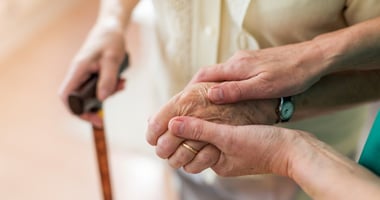Comorbid Medical Conditions May Point to Patients Most Likely to Develop Treatment-Resistant Depression
 |
A retrospective cohort study published in Depression and Anxiety found that more than 10% of adults newly diagnosed and treated for depression developed TRD within a year. Those who developed TRD tended to be younger and more commonly present with fatigue, substance use disorders, anxiety, psychiatric conditions, insomnia, and pain than subjects with no TRD.
“When a health care provider sees a patient who is being diagnosed with depression for the first time, the presence of these characteristics could alert her/him to the possibility that the patient could develop TRD,” M. Soledad Cepeda, M.D., Ph.D., of Janssen Research & Development and colleagues wrote.
Cepeda and colleagues analyzed data contained in two U.S. health claims databases, focusing on adults who had received pharmacotherapy for depression between 2000 and 2016. To be included in the analysis, patients were required to (1) have filled a prescription for an antidepressant for the first time as indicated in the database, (2) appear in the database for at least a year before the index date (the date the first antidepressant prescription was filled), (3) have been diagnosed for depression for the first time within 60 days of the index date, and (4) be 18 years or older at the index date. The outcome of interest was a diagnosis of TRD (defined by authors as dispensing for one antidepressant and one antipsychotic or at least three distinct antidepressants) within a year after the index date.
Of 230,801 patients included in the analysis, 10.4% developed TRD within one year. Patients who developed TRD were found to be younger at baseline (10.87% were between 18 and 19 years old versus 7.64% in the no‐TRD group, risk ratio [RR] = 1.42). Adults with TRD were also more likely to have an anxiety disorder (RR=1.38) and fatigue (RR=3.68) at baseline than those who did not have TRD.
“In addition to those factors predicting TRD, we found that the TRD group had more eating and attention-deficit disorders at baseline than the no-TRD group,” the authors reported. “We also found that compared to the no-TRD group, subjects who developed TRD had more pain diagnoses and insomnia at baseline or within 1 year before the diagnosis and treatment of depression.”
For related information, see the Psychiatric News article “Blood May Hold Secret to Biomarkers for Depression.”
(Image: iStock/AJ_Watt)






